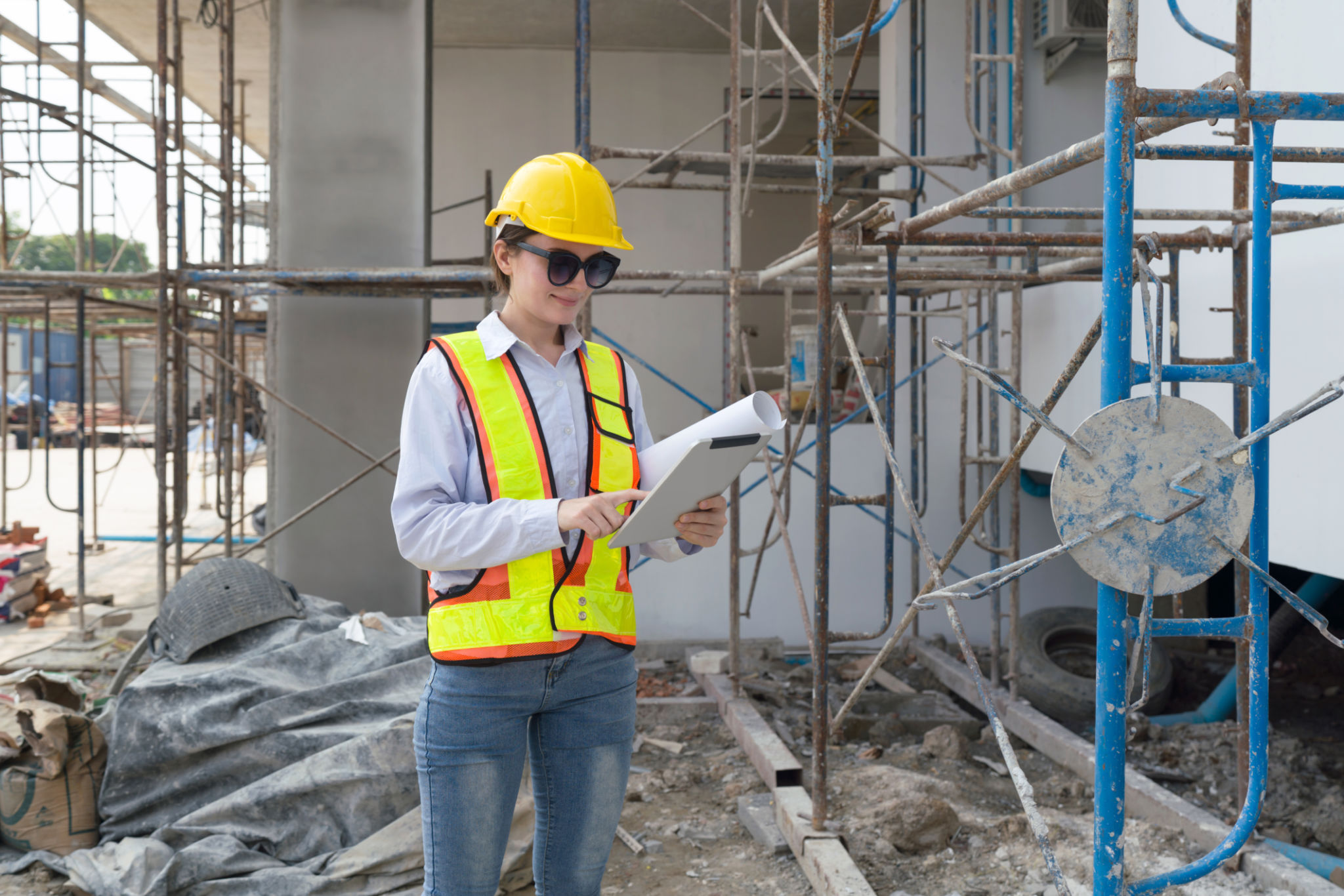Navigating Scaffolding Regulations in South Australia: What You Need to Know
Understanding scaffolding regulations in South Australia is crucial for ensuring safety and compliance on construction sites. Whether you're a contractor, builder, or site manager, adhering to these regulations is key to maintaining a safe work environment and avoiding legal issues. In this guide, we'll explore the essential aspects of scaffolding regulations in South Australia and what you need to know.
Overview of Scaffolding Regulations
Scaffolding is a temporary structure used to support workers and materials during construction, maintenance, and repair tasks. In South Australia, scaffolding regulations are governed by SafeWork SA, which provides detailed guidelines to ensure the safety of all individuals involved. These regulations cover everything from design and construction to inspection and maintenance.

Key Requirements and Standards
One of the primary requirements is that all scaffolding work must be carried out by individuals who hold a valid High Risk Work Licence. This ensures that only qualified personnel are involved in constructing and dismantling scaffolds. Additionally, scaffolds must be constructed in accordance with the Australian Standards AS/NZS 1576 and AS/NZS 4576.
It's important to note that scaffolding must be inspected regularly to ensure it remains safe and stable. Inspections are required after events that could affect the stability of the structure, such as severe weather conditions or modifications to the scaffold.
Types of Scaffolding and Their Uses
There are various types of scaffolding, each suited to different tasks and site conditions. Some common types include:
- Single scaffolding: Typically used for brick masonry work.
- Double scaffolding: Commonly used for stone masonry.
- Suspended scaffolding: Used for tasks like painting and repair work on high-rise buildings.
- Mobile scaffolding: Offers flexibility for tasks that require frequent movement.

Understanding Load Limits and Stability
Ensuring that scaffolding is stable and capable of supporting the intended load is a critical component of safety. Overloading can lead to catastrophic failures, posing serious risks to workers. It's essential to adhere to the load limits specified by the manufacturer and conduct regular checks to ensure the scaffold's integrity.
Additionally, scaffolds must be erected on stable ground, and any movement or adjustments should be done with caution to maintain balance and stability.
Legal Obligations and Penalties
Failing to comply with scaffolding regulations can result in significant penalties, including fines and legal action. Employers and site managers have a legal obligation to ensure all scaffolding work complies with the relevant regulations and standards. Regular training and updates for workers on safety practices can help mitigate risks and ensure compliance.

Conclusion
Navigating scaffolding regulations in South Australia requires a comprehensive understanding of the rules and standards that govern safe practices on construction sites. By ensuring compliance with these regulations, businesses can protect their workers, avoid legal pitfalls, and contribute to a safer construction industry. Always prioritize safety and stay informed about any updates to the regulations to maintain a compliant and secure work environment.
